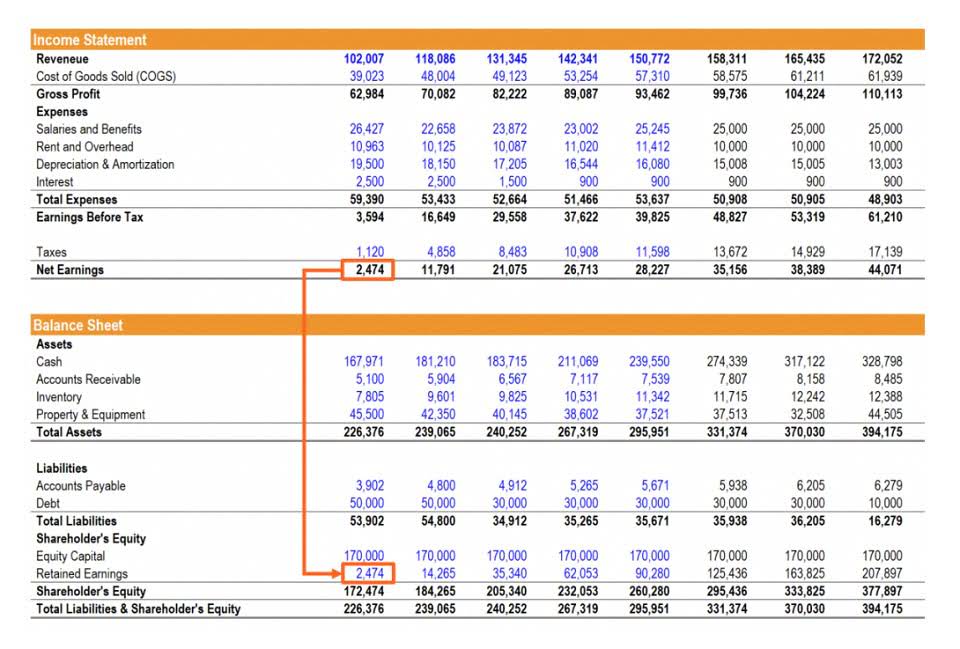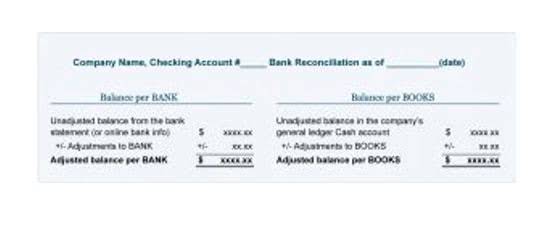
If you postdate a check or other document, you put a future date on it so that it is not valid until then. It is inadvisable for a payee to take Travel Agency Accounting a postdated check in satisfaction of an outstanding debt. The date on which the transaction is posted does not affect when the activity will show in General Ledger; this is determined only by the date in the Post Date field.
- Ledger is the most important book of accounts and is also known as the principal book of accounts.
- In this article, we define what post-accounting is and provide its best practices and benefits.
- It takes a lot of time and reduces the overall productivity of your employees.
- One exception, however, is when the cardholder makes their payment to the credit card issuer.
How Will Passed the CPA Exam Studying Only 90 Minutes a Day
Therefore, the journal is the original book of entry while the ledger is the final book of entry because it gives us the final position of accounts. In the ledger, two PR columns are found on each account – one after the particulars column of the debit side and one after that of what is posting accounting the credit side. The source journal is placed in this field, e.g., GJ for general journal, SJ for sales journal, CRJ for cash receipts journal, etc. The page number may also be included (for example, GJ1, meaning page 1 of the general journal). So, if you want to keep your accounting records in tip-top shape, the trial balance is your go-to tool. It’s like having a circus ringmaster keeping everything in order, ensuring that your accounting doesn’t turn into a chaotic mess.

Balance Sheet

PR is filled with the account number of the respective account found in the ledger. Credits increase balance sheet liability accounts, shareholders’ equity accounts and sales accounts. Think of it as a giant scale, where debits are on one side and credits on the other.

What is the Difference Between a Journal and a Ledger?

At the end of the accounting period, these items would be consolidated and posted into one line item in the general ledger. Hence, to avoid these issues it’s recommended to maintain a posting http://www.dorapos.com/2024/10/03/standard-costing-what-it-is-and-why-it-matters/ reference column. Typically, the financial close process is performed manually, and accountants often spend long days and late nights on the tasks involved. There is a lot of pressure put on finance and accounting teams to complete their financial close on a tight deadline. Financial close refers to all the financial and accounting processes that occur on a regular basis in a business leading up to, and including, closing the books on the prior month, quarter, or year.
Data Sheets
Subsidiary ledgers also help in identifying discrepancies and ensuring that the general ledger remains accurate and up-to-date. An accounting posting is the transfer of entries in the subsidiary books of account or journals to the appropriate general ledger accounts and is part of the double entry bookkeeping system. This process plays a crucial role in cash flow management, providing a real-time reflection of the organization’s financial position. By capturing the timing of revenue and expenses, it allows for a more comprehensive understanding of the company’s financial health. Explore the vital accounting step of posting, which systematically organizes financial transactions from journals into ledger accounts for accurate reporting. Moreover, the timing of these dates can affect compliance with accounting standards and regulations.
- It plays an important role in maintaining the integrity of your financial data.
- Ledgers maintain a running total of activity for each account, allowing users to track changes over time.
- Companies spend a lot of time and effort matching invoices when a customer makes a payment and provides the remittance data separately.
- The invoice date is the date when the seller issues the invoice to the buyer, marking the official request for payment.
- For instance, recurring transactions like monthly rent or utility payments can be automatically posted to the appropriate accounts, saving time and effort for accountants.
- The purpose of this is to group all transactions related to a certain account in one place.
- It is inadvisable for a payee to take a postdated check in satisfaction of an outstanding debt.
Posting refers to the process of transferring an entry from a journal to a ledger account. In this article, we will delve into the concept of posting in accounting, exploring its steps, types, purposes, and benefits, as well as providing concrete examples to illustrate its practical application. So, let’s embark on this insightful journey to unravel the complexities and significance of posting in the realm of accounting.
